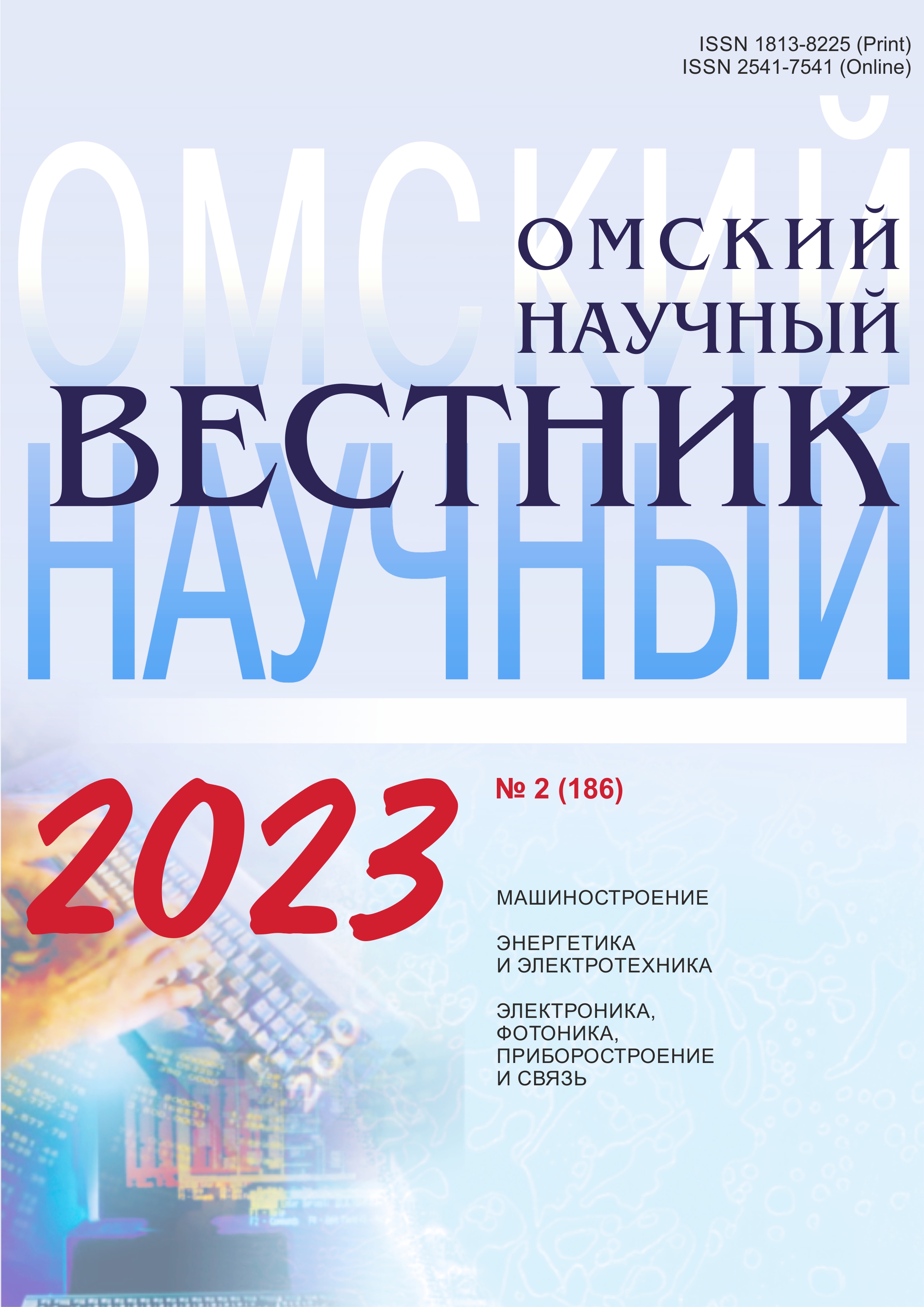Bicubic ribbon surface
DOI:
https://doi.org/10.25206/1813-8225-2023-186-19-27Keywords:
bicubic portion, cubic parabola, smoothness conditions, gradient, flat corners, pinched endsAbstract
A bicubic ribbon is a surface of constant width extended along the Ox-axis and formed by a set of rectangular bicubic portions connected to each other with smoothness C1 (continuity of gradient between portions) or C2 (continuity of curvature). Each portion is limited by cubic parabolas lying in vertical planes x=const, y=const. The article presents algorithms for calculating a bicubic band
based on the use of boundary curve equations as the main boundary conditions. The «flat corners» conditions are accepted as additional boundary conditions. The proposed approach makes it possible to reduce the size of the characteristic matrix of a system of linear equations with respect to the coefficients included in the equations of bicubic portions. For example, the calculation of 16 coefficients of the equation of a bicubic portion passing through fixed boundary curves reduces to solving a system of four linear equations. Criteria for smooth joining of bicubic portions are formulated (in the form of theorems). Theorem 1 formulates and proves the continuity conditions for the gradient. Theorem 2 contains conditions for
the continuity of curvature. Examples of calculation and visualization of C1 and C2- smooth ribbon surfaces, consisting of two or three bicubic portions, are presented.
Downloads
Published
How to Cite
Issue
Section
License
Non-exclusive rights to the article are transferred to the journal in full accordance with the Creative Commons License BY-NC-SA 4.0 «Attribution-NonCommercial-ShareAlike 4.0 Worldwide License (CC BY-NC-SA 4.0»)




